While there is a wealth of outstanding horror films, some are so monumental and influential that they have become the genre’s gold standard.
Horror movies possess a special power to evoke feelings ranging from heart-pounding spooky to spine-tingling worry by reaching into our darkest fears. Producers have created enduring nightmare experiences that have horrified and fascinated viewers over the long history of filmmaking.
We’re going to take a terrifying trip down memory lane with a look at some of the greatest horror movies ever made, seeing the works that have characterized the category and the cinematic art of terror.
1. The Gold Standard of Hitchcockian Horror: Psycho (1960)
Widely considered one of the greatest films of all time, across all genres, Psycho shocked the world and revolutionized the horror genre. This 1960 masterpiece from the master of suspense Alfred Hitchcock was based on a 1959 novel of the same name by Robert Bloch, and it was elevated by its production values and intelligent narrative twists.
When the film premiered, it marked a dramatic shift in the kind of horror seen on the big screen, mirroring a larger cultural change of the time. It terrified by taking horror out of the supernatural and into the mundane, demonstrating that true terror could strike out of nowhere. No one and nowhere is safe. The film also set a new level of acceptability for violence, deviant behavior, and sexuality in American film — paving the way for more daring exploration of previously taboo topics.
Bernard Herrmann’s ominous score perfectly complements the movie’s iconic bathroom scene, one of the most recognized sequences in cinematic history. Considered one of the earliest examples of the slasher film genre, paving the way for other genre classics like Black Christmas and Halloween, no one can argue the cultural and cinematic influence of this timeless classic.
2. The Gold Standard of Stephen King Horror: The Shining (1980)
Though Stephen King famously hated Stanley Kubrick’s chilling adaptation of his beloved 1977 novel, it’s hard to deny that The Shining continues to reign as one of the greatest horror films ever made, thanks to its unnerving atmosphere, stellar performances, and haunting visuals.
It offers a harrowing glimpse into mental illness, isolation, and cyclical abuse. Set at the spooky and isolated Overlook Hotel in the middle of winter, the film centers around struggling writer and temporary hotel caretaker Jack Torrance — played by Jack Nicholson, with a performance that will never be forgotten— as he slowly spirals into madness, putting the lives of his wife and young son in peril.
With the help of Polish composer Krzysztof Penderecki and Steadicam operator Ray Andrew, Kubrick creates an unforgettably dread-inducing nightmare that makes viewers question the nature of reality and allows for endless debate about the film’s core message and meaning.
Despite the film’s complicated history, including how Kubrick traumatized his actors to achieve those powerful performances, The Shining is an enduring masterwork that’s as much about humanity as it is horror.
3. The Gold Standard of Monster Horror: The Invisible Man (1933)
Based on H.G. Wells’ novel of the same name, James Whale’s 1933 film adaptation of The Invisible Man is considered a masterpiece in science fiction and horror, along with Whale’s two other masterful monster movies (that The Invisible was sandwiched between): Frankenstein and Bride of Frankenstein.
One of the movie’s best assets is its jaw-droppingly good, groundbreaking visual effects, including the famous scene where Dr. Jack Griffin (Claude Rains) — made invisible due to a secret experiment — removes his bandages and sunglasses to reveal nothing underneath. The effects were so good that they still hold up nearly 100 years later.
The film featured Claude Rains in his first American screen role and won admiration from critics for its creative use of actual situation effects and cinematic deception to give the impression of anonymity. The utilization of realistic effects in the film, such as audible footsteps in the snow and things floating in midair, enhanced the unsettling reality. It’s considered a genre staple and a great place to study how the movie conventions of today came about.
The Invisible Man is a stellar piece of cinema, from its compelling narrative to its acting. The popularity of the film even spans industries and sectors, including gaming and gambling, where the wildly popular and graphically advanced online slot inspired by The Invisible Man (from renowned software developer NetEnt) can be seen on top Canadian real money online slot casinos, such as BetPlays and HellSpin.
4. The Gold Standard of Slashers: Halloween (1978)
A groundbreaking film that gave rise to an entire subgenre, John Carpenter’s Halloween introduced viewers to the silent stalker Michael Myers, otherwise known as “The Shape” and The Boogeyman.
The film’s instantly recognizable and haunting minimalistic soundtrack, which Carpenter composed, establishes the mood for the terror the sleepy little Haddonfield town faces on Halloween night, including high school babysitter Laurie Strode (Jamie Lee Curtis) and her friends.
Carpenter’s brilliant use of suspense and timing in Halloween creates a relentless aura of fear, making the film a textbook profile of how to thrill and terrify an audience, even with very limited resources.
The movie had (and continues to have) an immense impact on the horror genre, spawning innumerable parodies, sequels, and remakes/reboots. It introduced the concept that “Evil Never Dies” and has undoubtedly proven its influence is equally eternal.
5. The Gold Standard of Natural Horror: Jaws (1975)
Steven Spielberg’s Jaws is as exciting and terrifying as the ocean is vast, turning the calm seas of Amity Island into a monstrous shark’s hunting habitat.
With the help of Spielberg’s masterful direction and the innovative animatronic shark (nicknamed “Bruce”), viewers are left with a lasting sense of primordial fear. John Williams’ famous theme for the movie intensifies the suspense as the deadly predator pursues its victim. It’s considered THE quintessential shark film of all time — the movie all other shark films aspire to be and a gold standard that has not yet been matched in almost fifty years.
In addition to becoming the source of the summer blockbuster, Jaws also had the unfortunate side effect of instilling fundamental fear in audiences for the ocean and the misunderstood predators of the deep sea. It’s one of the primary reasons The Discovery Channel launched its now mega-hit Shark Week, to help correct misconceptions about sharks and break the stigma surrounding these magnificent creatures.
6. The Gold Standard of Found Footage Horror: The Blair Witch Project (1999)
Released in 1999, The Blair Witch Project was made for a shoestring budget of $30,000. It made a whopping $48 million in its first week alone, creating an absolute phenomenon. Similar to what Halloween did for slashers, it may not have been the first found footage film ever made, but it’s the one given due credit for creating the thriving subgenre and making the success of films like Paranormal Activity possible.
Heralding in a new era of horror and brilliantly harnessing the power of the emerging internet, it created a spectacle with its innovative marketing campaign that utilized the web to provide a believable backstory for the film and reinforced the perceived authenticity of the story — so much so that many were convinced the film represented actual found footage.
The film itself caused a sensation by feeling all-too-real, making headlines for the frantic motion of the handheld cameras that made many audiences nauseous. The unknown actors made the film feel immersive and especially chilling, never reassuring audiences that it’s all make-believe. The characters’ confusion, panic, and paralyzing fear were fully believable and palpable.
The Blair Witch Project did for the woods what Jaws did for the ocean, ensuring none of us could ever hike into a sprawling forest again without looking over our shoulders or imagining what we’d do if we came across those creepy stick arrangements.
7. The Gold Standard of Zombie Horror: Night of the Living Dead (1968)
Like many of the films on this list, George A. Romero‘s zombie class Night of the Living Dead essentially founded an entirely new subgenre of horror. It offered an original take on genre conventions that have innumerable ways shaped the zombie/survival subgenre today. Even as the genre is now overly saturated with films and television shows inspired by this classic, Romero’s masterpiece continues to represent the cream of the crop. It feels as frightening and relevant to modern viewers as it did to 1968 audiences.
With its innovative narrative and style, it’s not just a scary film and a damn fine one at that, but it’s also about something important. Though it was never intended to be a commentary on race, the brilliant casting of Duane Jones, a black man — and one of the first to have a leading role in cinema, as a central protagonist in the film helped transform the narrative, breaking stereotypes and elevating the film to a reflection on revolution and change.
Made for very little, the film ended up grossing more than 250 times its budget, becoming one of the most profitable productions ever made at the time. There’s a reason why it remains among the most influential horror films of all time more than half a century after its release.
8. The Gold Standard of Modern Indie Horror: Hereditary (2018)
The modern horror classic Hereditary by Ari Aster tackles the horrifying legacy of ancestral secrets and the paranormal. The picture is anchored by Toni Collette’s outstanding, earth-shattering performance as Annie Graham, which ranges from agonizing grief to abject horror.
The film’s unsettling images, combined with Aster’s precise direction and uncanny ability to shock, create a dark atmosphere that keeps audiences on the edge of their seats. You never know what to expect from one minute to the next.
Often hailed by critics as one of the best films of the 21st century, Hereditary is tense and horrifying. Still, it also powerfully explores the inner conflicts and mental tragedies that linger in the human mind, questioning conventional horror stereotypes. The film has a realism and dramatic gravitas that makes it hit considerably harder.
In an age of thought-provoking and critically acclaimed “elevated” horror, Hereditary is easily among the best.
…


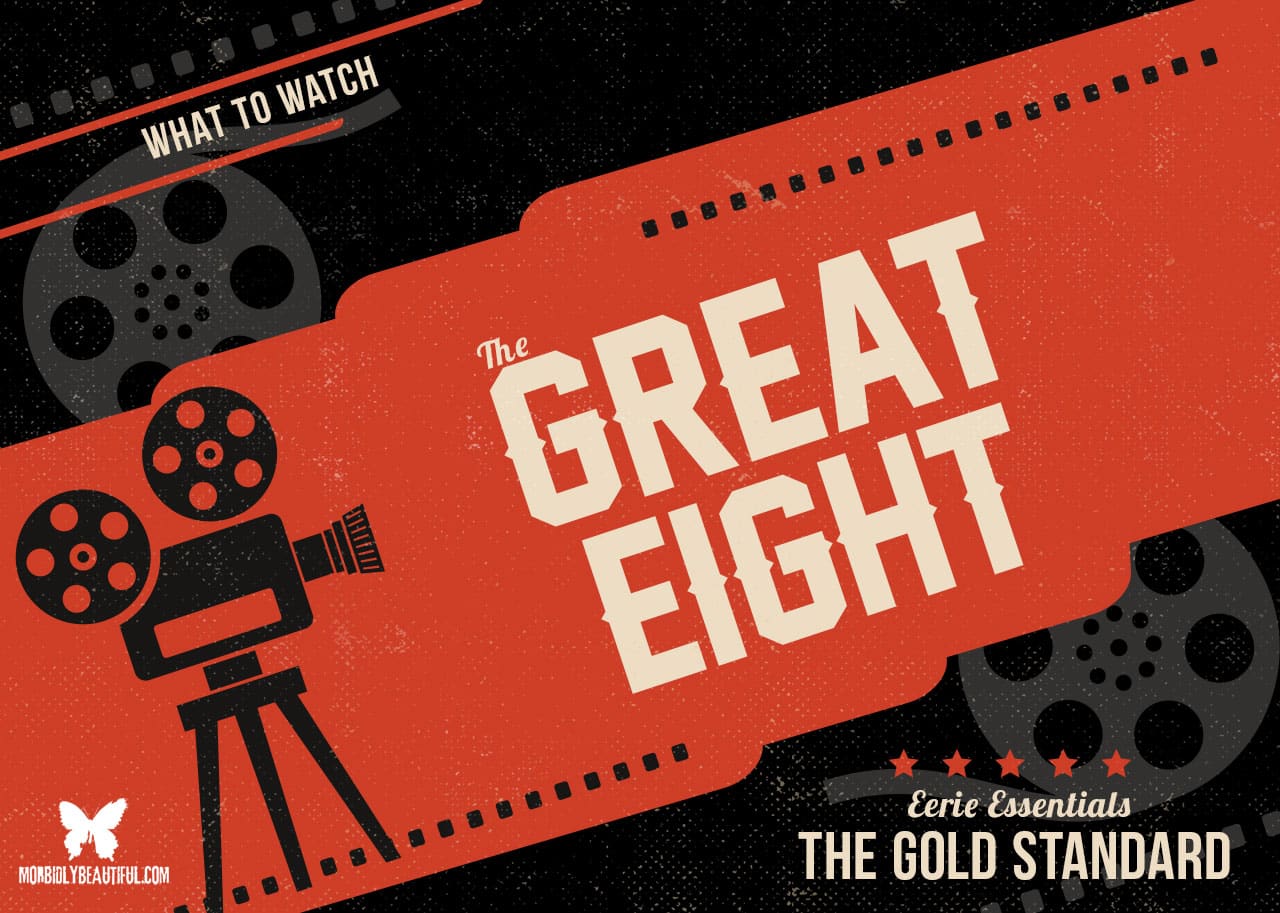
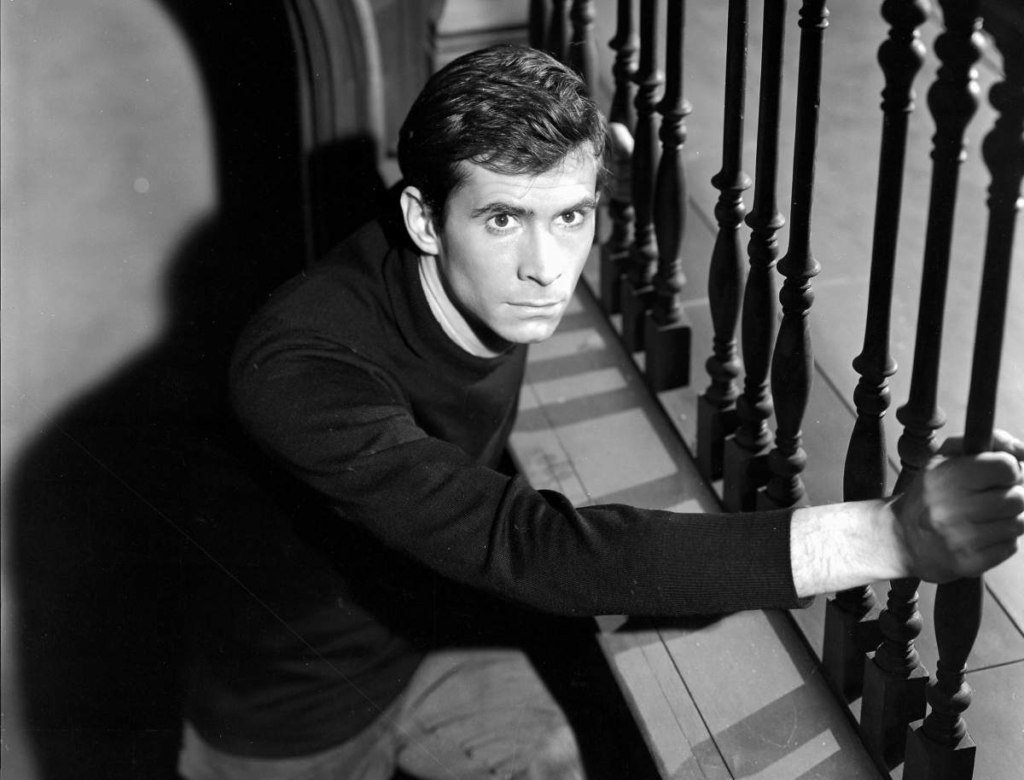
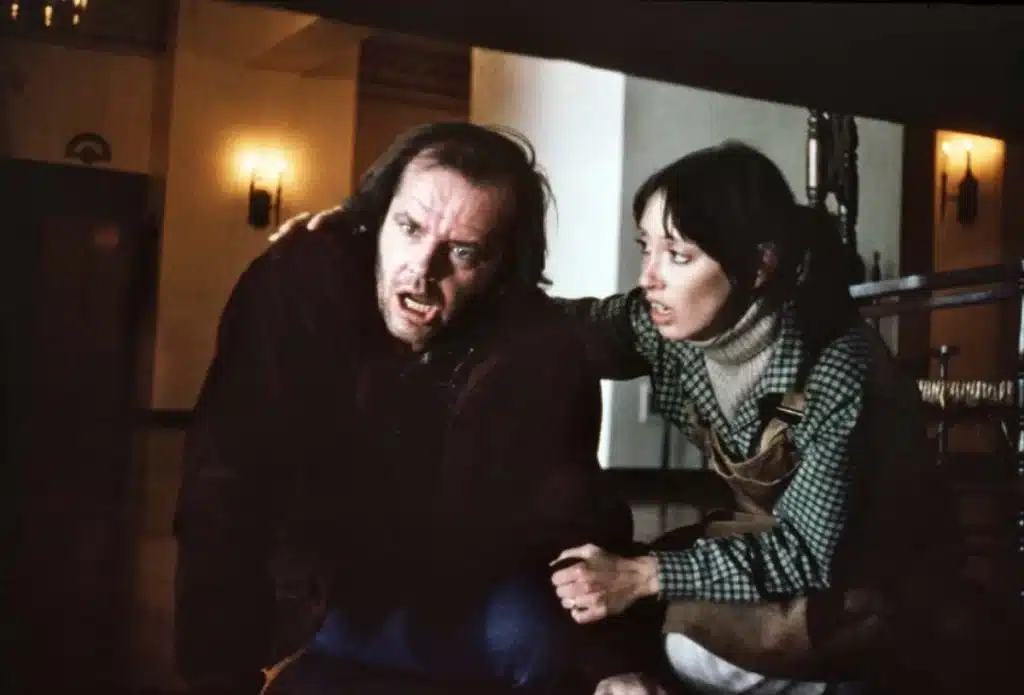
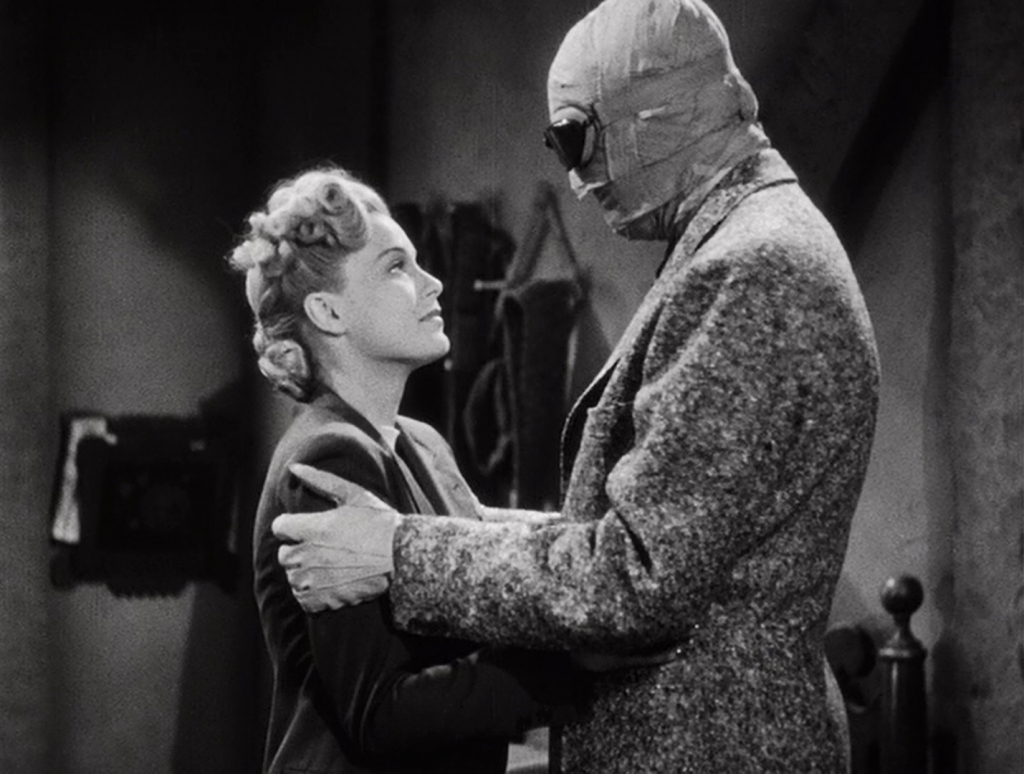
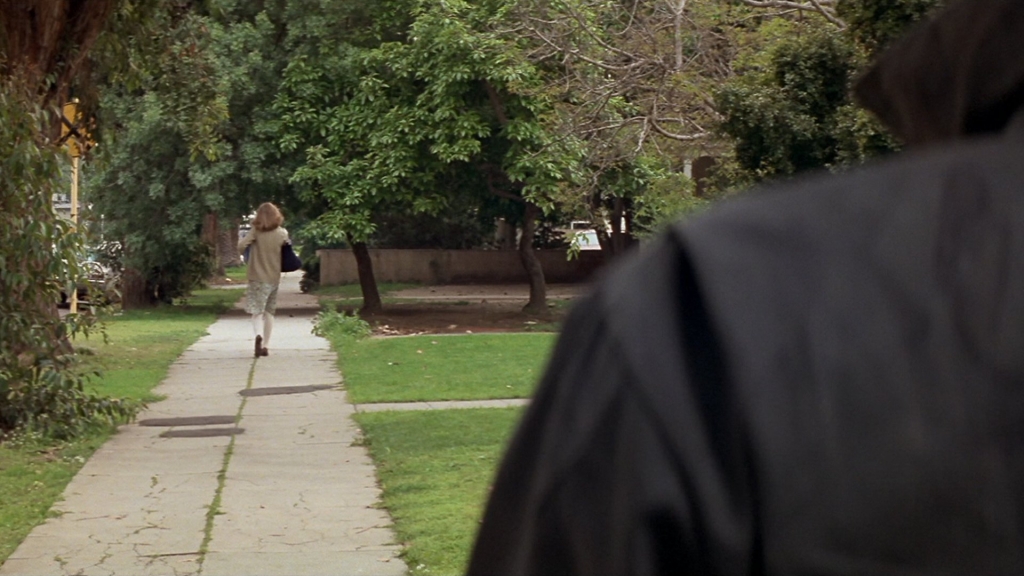
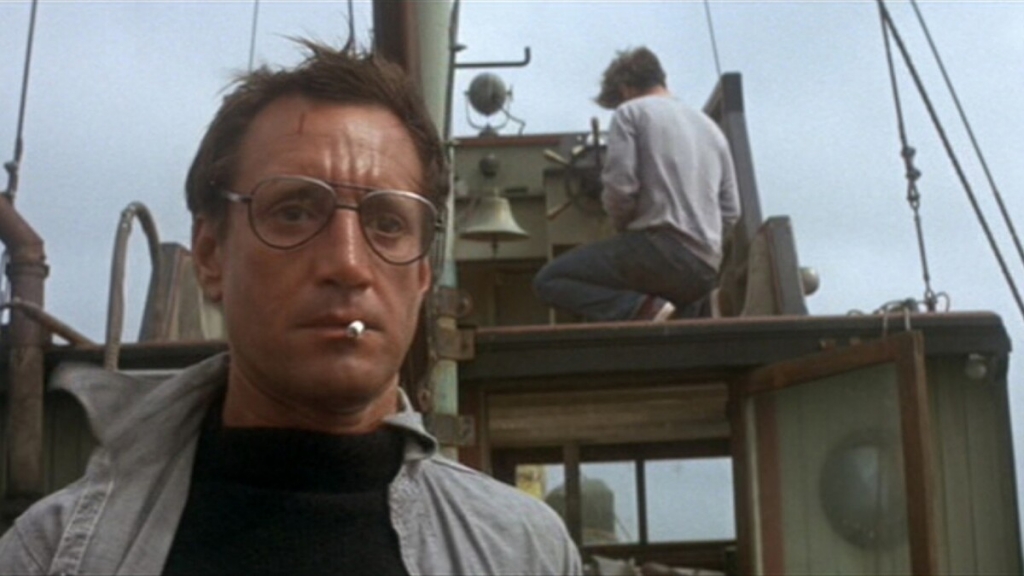
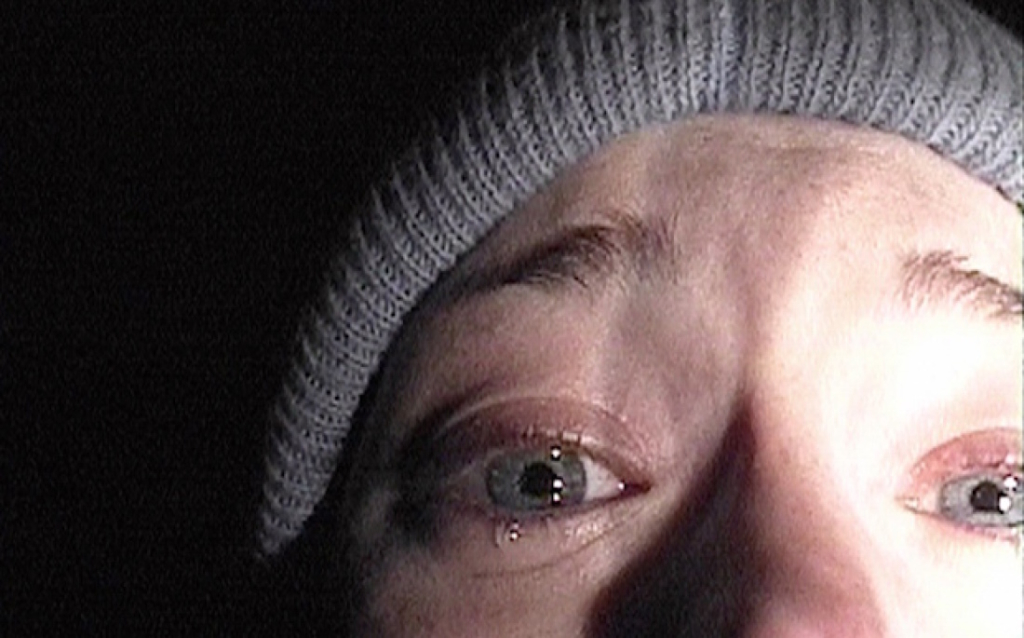
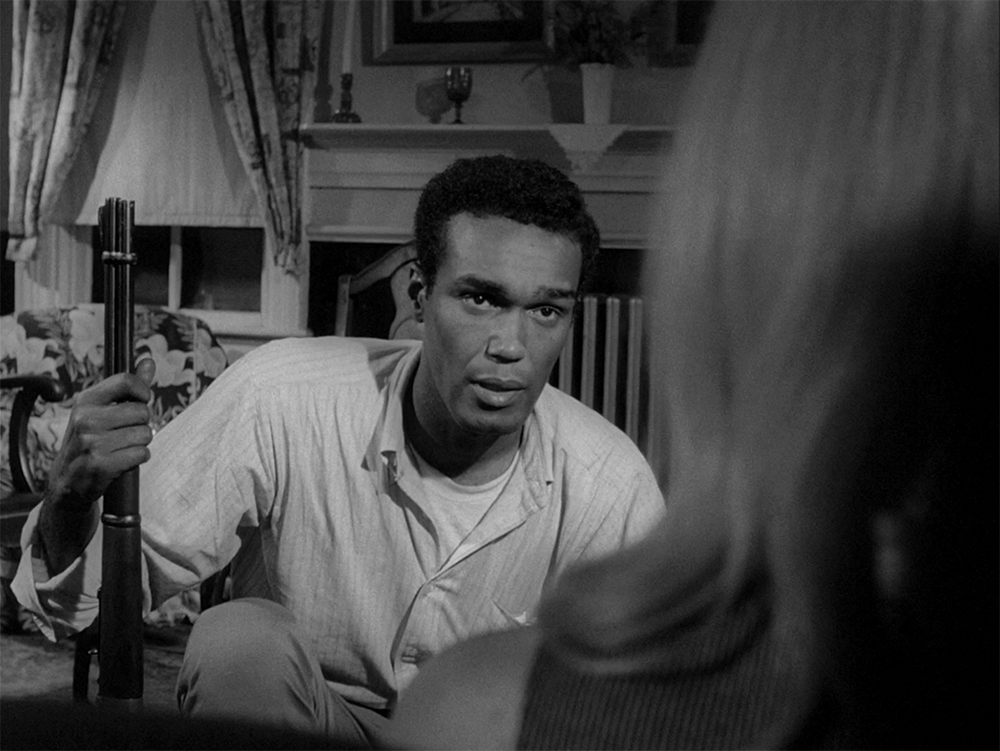
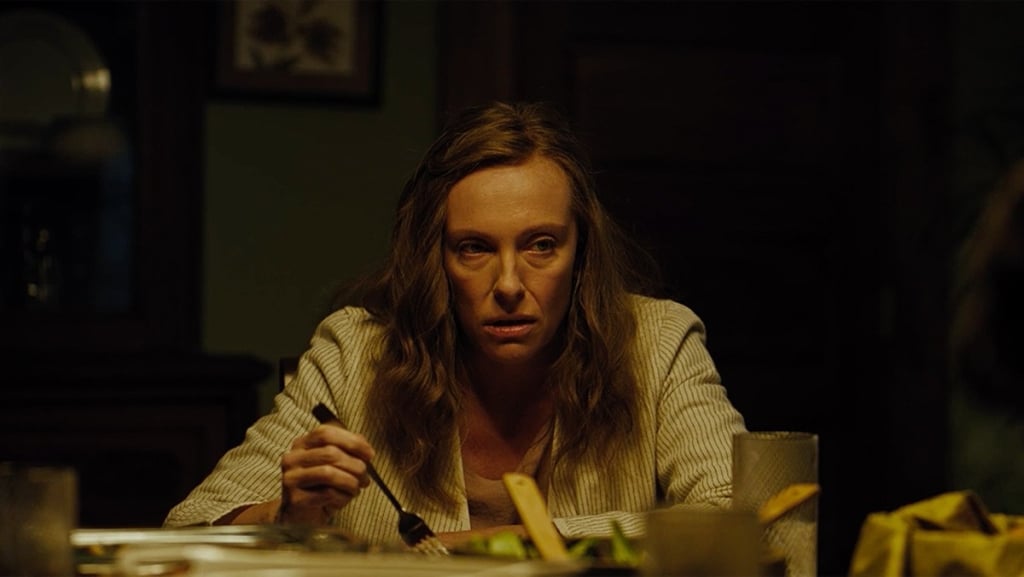
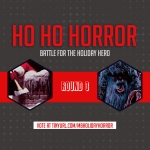
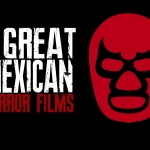

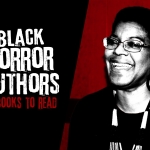



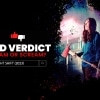




Follow Us!